In Greek mythology, Daemons (from the Greek word "daimon") were considered spirits between gods and humans. Though not omnipotent like the gods, Daemons maintained powers to influence human affairs, often regarded as personal guides or guardians.
Socrates famously spoke of his “divine sign” or Daemon, which he described as a guiding voice that would warn him when to avoid certain actions. For Socrates, the Daemon was a divine intervention, preventing him from making critical mistakes. It is well-known that Socrates did not leave any writings, and so much of our knowledge about his notion and relationship to the Daemon is passed down to us by his greatest pupil, Plato. In works like "The Symposium", Plato implied that each soul was paired with a Daemon meant to guide them toward their highest potential, transcending the material world, moving closer toward his notion of “ideal forms”. An excerpt from his Symposium, regarding the matter, states the following:
“The daimonic… interprets and carries over to the gods things from men, and to men things from the gods, from the one prayers and sacrifices, and from the other orders and rewards for sacrifice. It fills the space between both and thus binds the all to itself”
In the context of Greek religion and philosophy, Daemons were not inherently good or bad but were aligned with personal destiny. They were thought to influence individuals according to their soul’s needs or fate, guiding them on their path to self-fulfillment.
Daemon & Eidelon: The Duality of the Self
The duality of the Daemon and the Eidelon speaks to the tension between the internal truth (the Daemon) and the external persona (the Eidelon). The Eidolon represents the external image or mask that we present to the world. It is a projection shaped by social expectations, roles, and the need for validation from others. The Daemon, in contrast, represents the deeper, more authentic aspect of the self—the inner calling that seeks to align the individual with their true purpose.
Existential philosophy explores this duality of self, particularly in the works of Jean-Paul Sartre and Martin Heidegger. These philosophers discussed the tension between one’s social identity and authentic self. Sartre’s notion of bad faith explores how individuals often deceive themselves by adopting roles and personas that are not authentic, thus suppressing the true Daemon within.
In psychological terms, this internal conflict is often framed as the tension between conscious desires (the Eidolon) and unconscious drives (the Daemon). Carl Jung’s concept of individuation describes this process as the integration of the conscious and unconscious aspects of the self, where the individual must reconcile the external identity with their internal truth. *On this note, I don’t necessarily agree with Jung’s term of “unconscious”; he may not have had a notion of the superconscious and thus grouped the superconscious and unconscious in his writings and discussions.
Reconciling the Eidolon and the Daemon requires deep self-awareness and a commitment to understanding and embracing one's authentic calling, even when it conflicts with societal expectations.
Kabbalah/Sufism: The Daemon as an Inner Guide
In both Kabbalistic and Sufi traditions, the Daemon can best be conceptualized as Ruach (Kabbalah) or Ruh (Sufism)–a guiding force deeply connected to one’s soul and spiritual destiny. It represents a personal spirit that leads the individual toward their true purpose, helping to reconcile the Nefesh/Nafs (the lower, ego-driven self) with higher, divine aspects of the soul.
Cultivating a relationship with this entity involves practices such as prayer, meditation, purification, and devotion. As individuals attune more closely to this higher aspect, they come to recognize and follow Daemonic guidance to discover their true spiritual purpose.
Kabbalah: Ruach and Nefesh
In Kabbalah, the soul is composed of different levels: Nefesh (the lower, vital soul) and Ruach (the higher, spiritual soul). Nefesh connects us to the physical world, while Ruach is the aspect that connects us to the divine and guides our moral and spiritual growth. The Ruach, like the Daemon, serves as a spiritual guide that leads the individual toward their true calling. Practices like meditation and prayer help refine the lower soul (Nefesh) to align with the higher soul (Ruach), causing guidance to gradually become clearer.
Sufism: Ruh and Nafs
In Sufism, the soul is similarly divided into Nafs (the ego-driven lower self) and Ruh (the divine, spiritual essence). Nafs are associated with material desires and ego, while Ruh connects to the divine and reflects the individual’s truest essence. In purifying the Nafs, the individual is guided back to their divine nature (Ruh) and finds spiritual purpose. Sufis similarly practice prayer, meditation, and spiritual development (self-purification) to quiet the Nafs and align more closely with their Ruh, i.e., the inner guidance of the Daemon.
In both traditions, this Daemonic entity is not an external force but a spiritual presence that arises from within, helping to guide the individual toward spiritual fulfillment. By purifying the Nefesh or Nafs and aligning with the Ruach or Ruh, one ultimately gains divine guidance in discovering their higher purpose. Practices in both Kabbalah and Sufism emphasize the importance of deep spiritual work to cultivate a connection with this inner guide, leading the individual on a path of true self-realization.
Huna Tradition (Hawaii): The Daemon as Inner Knowledge
The Huna tradition of Hawaii presents a unique and holistic approach to human consciousness, focusing on the interplay between the conscious, subconscious, and superconscious minds. In the Huna model, the individual’s true essence or guiding force is known as the Aumakua or subconscious aspect–an ancestral spirit that watches over the individual and directs them toward their life purpose.
The Aumakua, much like the Daemon in “Western” thought, acts as an intermediary between the conscious (Self) and the superconscious (God). It is believed to communicate through dreams, intuitive insights, and sometimes synchronicity, seeking to advise you throughout life, providing you with necessary insights to understand your role in the world.
Furthermore, the Huna tradition places a great deal of emphasis on balance, particularly between the conscious mind (which dictates the material world) and the subconscious or spiritual mind (which comes from a higher intelligence). The higher intelligence in question is the superconscious, and while it can be considered singular from the rest, it’s also an oversoul that encapsulates both the subconscious and conscious. Meanwhile, the subconscious and conscious aspects are usually tied more closely to the ego and conception of self. As an intermediary, the Aumakua (subconscious) provides waking consciousness (the conscious mind) with guidance throughout its experience. This aspect can be deeply intertwined with the individual’s spiritual, intuitive, and psychological well-being, and again, closely resembles the role of the Daemon as an internal spiritual guide.
Jungian Psychology
Carl Jung considered the Daemon to represent an unconscious force within the psyche, which sometimes helps individuals discover their true selves. It is not an external entity but an archetypal presence within the psyche, emerging from the unconscious mind. Jung also believed that the “unconscious” (we regard superconscious) communicates with the conscious through symbols, dreams, and synchronicities, and that the Daemon acts as a messenger, nudging the individual toward self-realization and life purpose.
Central to Jung's concept is the individuation process, where the integration of the unconscious with the conscious mind is essential for personal growth. The Daemon plays a crucial role in this journey, guiding the individual toward wholeness and the fulfillment of their potential. It can appear as a spiritual guide, offering insights through intuition, creativity, and emotional experiences, often felt as if coming from a deeper or divine source.
The Daemon is also closely related to Jung's concept of the shadow, which represents the repressed, hidden parts of the personality. By confronting and integrating the shadow, the Daemon assists in the individual's growth, transforming dark or challenging aspects into strengths. Historical figures such as Socrates, Goethe, and Nietzsche spoke of their own Daemons, which they believed guided them toward their life’s purpose and greatness, embodying the unconscious connection to the deeper self.
Ultimately, the Daemon in Jungian psychology serves as a powerful symbol of the unconscious forces that direct an individual toward their authentic self. Through practices like dream analysis and active imagination, one can engage with the Daemon to navigate life’s challenges and uncover the deeper meaning behind personal experiences, leading to a more purposeful and fulfilled existence.
Precognition: The Daemon as a Messenger of Fate
Precognition, the ability to foresee future events, is a phenomenon that has long fascinated psychologists, philosophers, and mystics. The connection between precognition and the Daemon can be understood through psychological theories, particularly in the framework of Jungian psychology.
Carl Jung’s concept of synchronicity—the meaningful coincidence of events that appear unrelated but are connected by meaning—provides a foundation for understanding how the Daemon might work. According to Jung, the unconscious mind does not operate in linear time, which allows it to perceive patterns or possibilities beyond the conscious mind's comprehension. Thus, the Daemon could be viewed as a mediator of these unconscious impressions, presenting clues or signals that suggest future events.
Furthermore, precognitive dreams or intuitive flashes are often attributed to the unconscious mind tapping into latent knowledge. When these insights appear, they are often perceived as being "divinely inspired," like the Daemon’s subtle whispers. This suggests that the Daemon operates as a guide that reaches across time, providing insights and intuition that may not be directly accessible through normal conscious awareness.
From a scientific perspective, some neurobiological theories propose that the brain can process information at a deeper, subconscious level, detecting patterns that the conscious mind does not immediately recognize. The Daemon, in this context, could be understood as the mind’s way of presenting these hidden patterns to guide the individual through life.
Daemon as Holy Spirit: A Divine Guide
In Christianity, the Holy Spirit is believed to act as the divine guide, directing believers toward their moral and spiritual purpose. The Holy Spirit is often described as a comforter and counselor, providing wisdom and guidance, much like the Daemon in philosophical traditions. In theological terms, the Holy Spirit serves as an inner compass for moral and spiritual decisions.
The Bible says that Jesus Christ, the Messiah, came into the world empowered and guided by the Holy Spirit, who descended upon him at his baptism and continued to empower him throughout his ministry.
Similarly, in other traditions, such as Hinduism, the concept of the Atman (the soul) and its connection to the divine can be seen as a form of the Daemon. The Atman serves as an inner guide, leading the individual toward moksha (liberation) and spiritual fulfillment, much like how the Daemon functions as a bridge between the soul and its higher calling.
Conclusion: The Personal Daemon as an Inner Guide
The concept of the Daemon across various traditions—whether Greek mythology, Kabbalistic, Sufi, Huna, or modern psychological theories—presents a universal truth: there exists an inner guide, a force within us, that seeks to lead us toward our deepest calling and authentic purpose. This guide may be understood as a spiritual entity or psychological force, but regardless of the lens through which it is viewed, the Daemon’s role is to help us align with our true selves.
By cultivating a relationship with this inner guide, individuals can navigate life’s challenges with greater clarity and purpose, integrating their conscious self with their authentic desires, thus creating a life more in tune with their deepest potential.

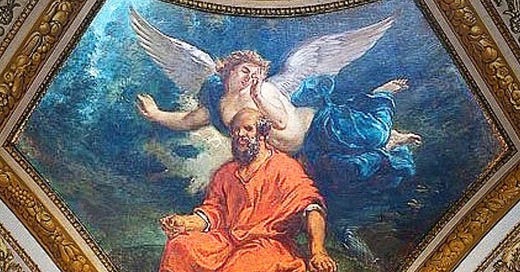


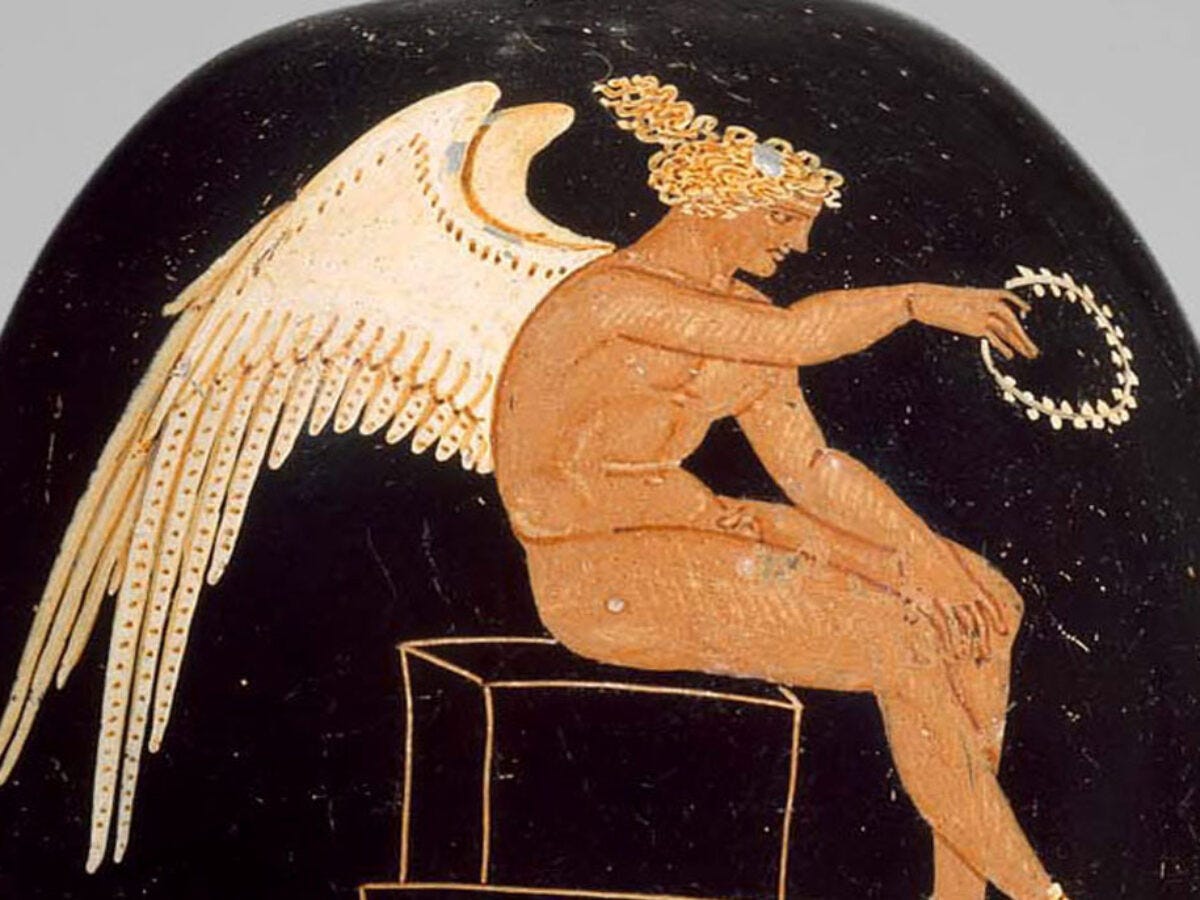


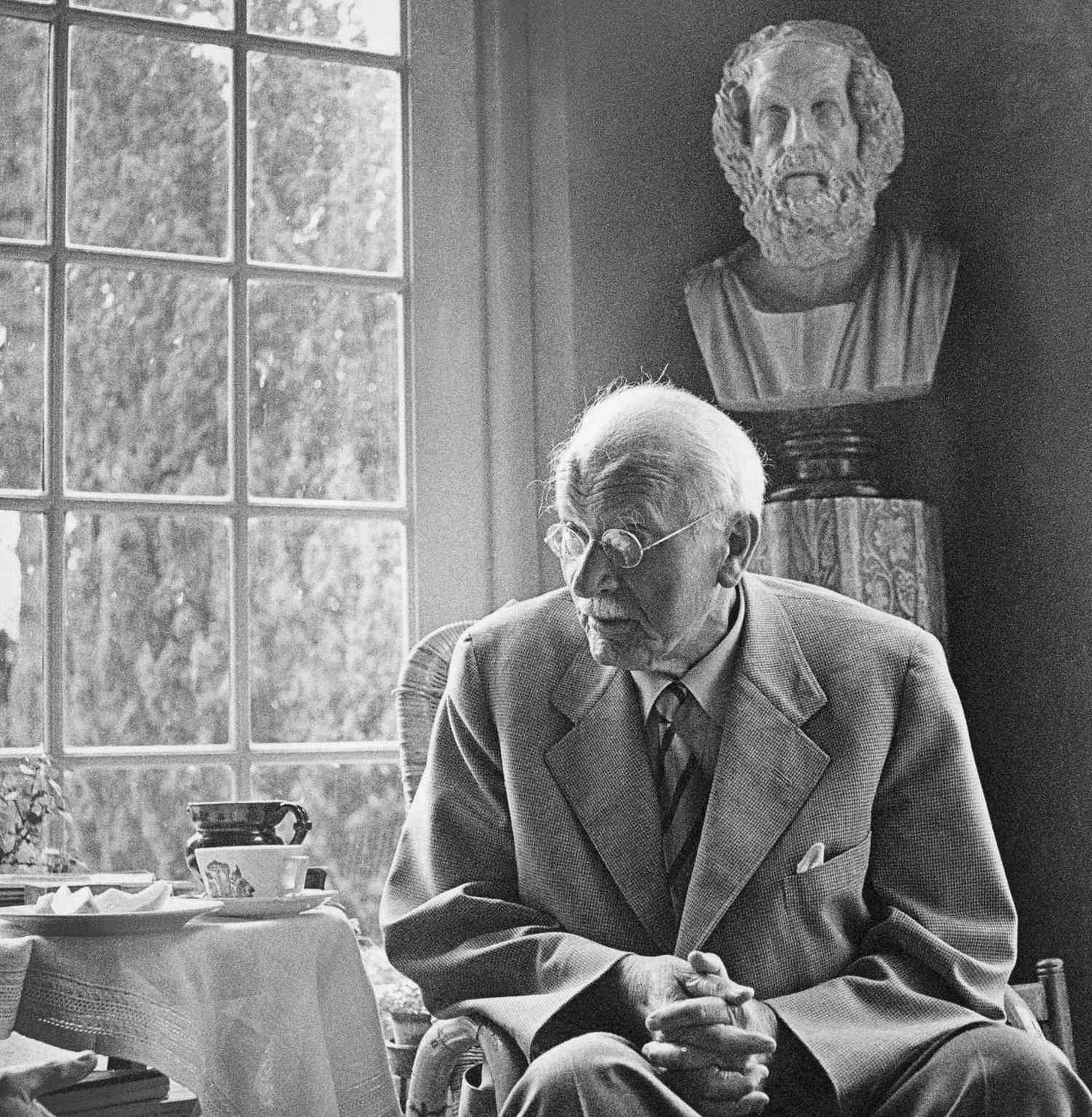
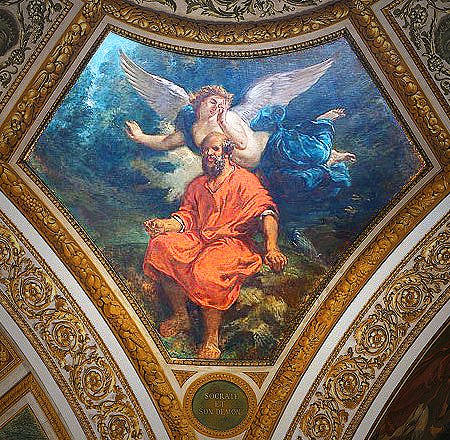
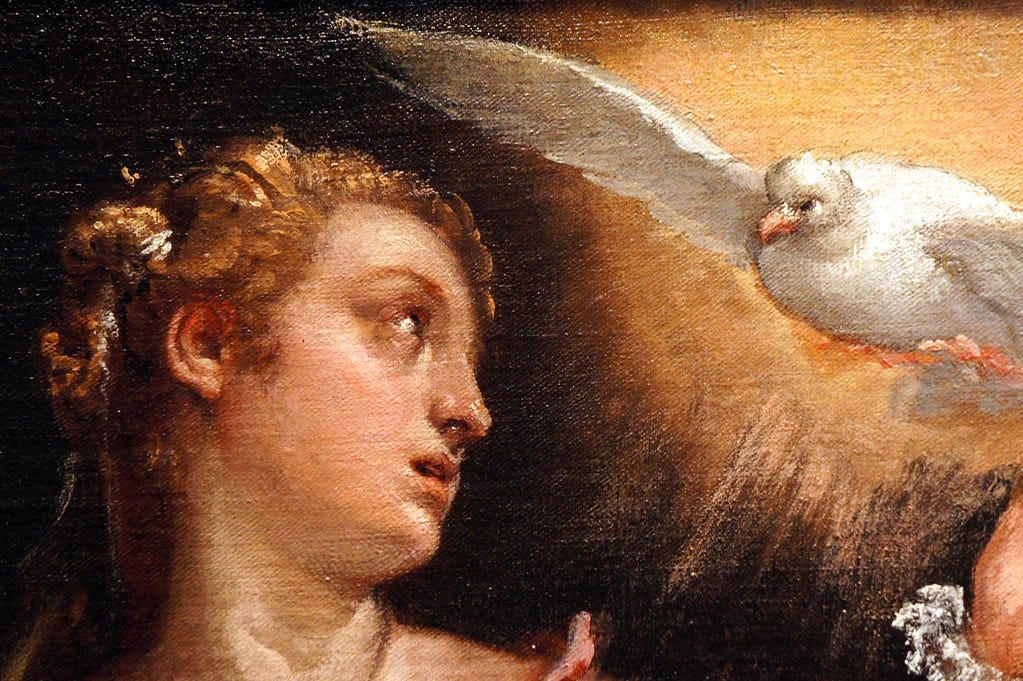





Share this post